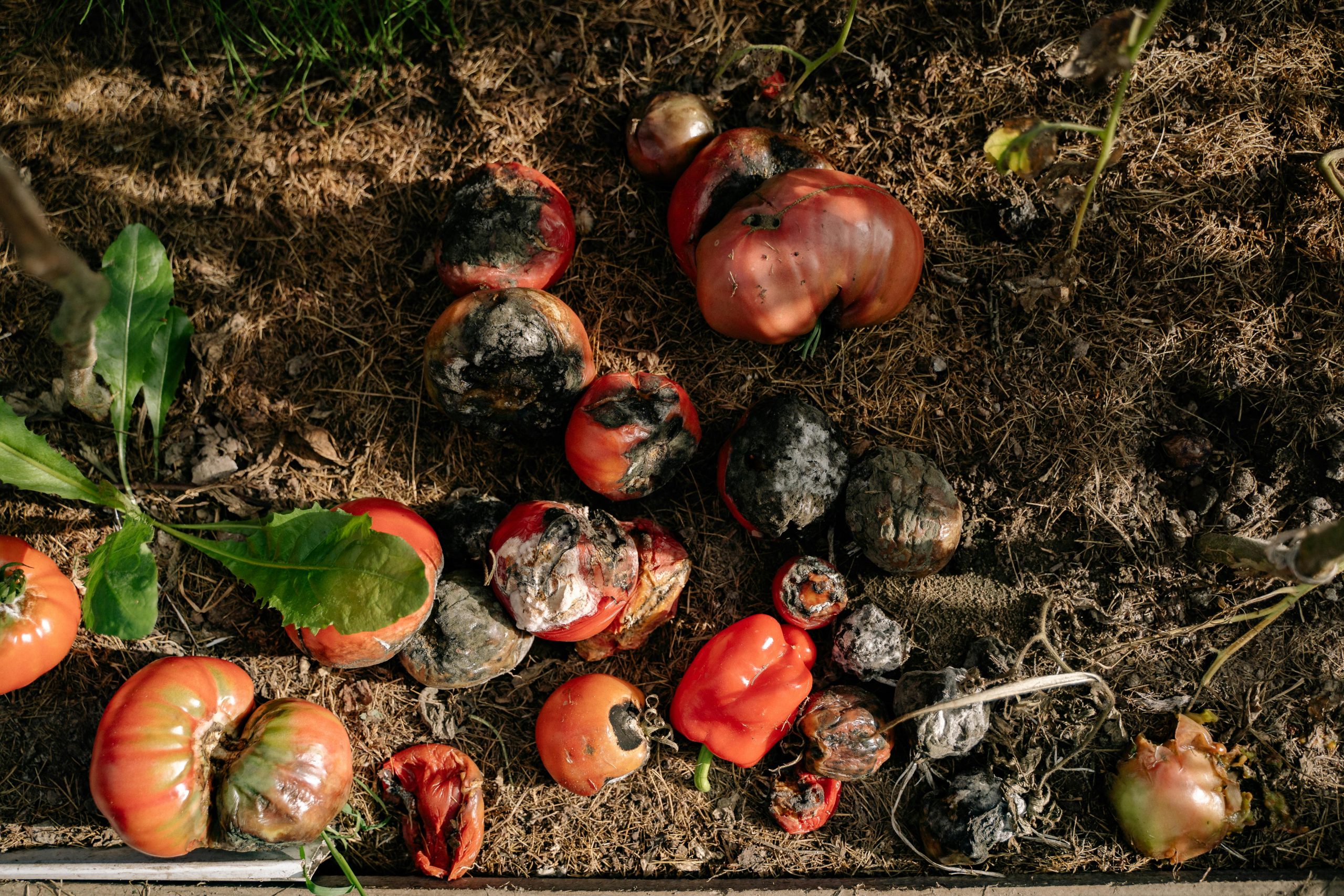Every year, millions of tons of crop waste are left to decompose or burned, contributing to environmental pollution and lost economic opportunities. But what if farmers could turn this waste into wealth? By adopting innovative techniques, crop residues—such as straw, husks, and stalks—can be transformed into valuable products, generating additional income while promoting sustainability. This guide explores practical ways farmers can convert crop waste into profitable ventures.
Why Crop Waste Is a Hidden Goldmine
Traditionally, crop waste has been seen as a nuisance, often burned or left to rot. However, this “waste” contains untapped potential. Crop residues are rich in organic matter, fibers, and nutrients, making them ideal raw materials for various industries. By repurposing these materials, farmers can:
- Reduce environmental harm: Burning crop waste releases harmful greenhouse gases, while composting or recycling it reduces pollution.
- Diversify income streams: Selling processed crop waste can supplement traditional farming revenue.
- Improve soil health: Some waste can be returned to the soil as compost, enhancing fertility.
With growing demand for sustainable products, crop waste is no longer just trash—it’s a resource waiting to be harnessed.
Profitable Ways to Convert Crop Waste into Income
1. Composting and Organic Fertilizer Production
Crop residues like leaves, stalks, and husks can be composted to create nutrient-rich organic fertilizer. Farmers can sell this fertilizer to organic farms, nurseries, or home gardeners. The process is simple:
- Collect and shred crop waste.
- Mix with manure or other organic matter.
- Allow decomposition over several weeks.
- Package and market the final product.
Organic fertilizers are in high demand as more consumers shift toward chemical-free farming.
2. Animal Feed Production
Certain crop residues, such as rice straw, corn stover, and sugarcane tops, can be processed into nutritious animal feed. By drying, chopping, and treating these materials, farmers can create affordable feed for livestock. This is especially valuable in regions where conventional feed is expensive.
3. Biofuel and Biogas Generation
Crop waste can be converted into biofuels like ethanol or biogas through anaerobic digestion. Farmers can use biogas for their own energy needs or sell excess to local grids. Biofuel production not only generates income but also reduces reliance on fossil fuels.
4. Handicrafts and Fiber Products
Sturdy crop residues, such as banana stems, coconut husks, and wheat straw, can be woven into baskets, mats, or paper products. These handmade goods appeal to eco-conscious consumers and can fetch premium prices in local and international markets.
Steps to Get Started with Crop Waste Recycling
Turning crop waste into income requires planning and investment. Here’s how farmers can begin:
- Assess available waste: Identify the types and quantities of crop residues generated on the farm.
- Choose a profitable method: Select a recycling method that aligns with local demand and available resources.
- Invest in basic equipment: Depending on the method, farmers may need shredders, compost bins, or biogas digesters.
- Market the products: Connect with buyers, cooperatives, or government programs that support sustainable farming initiatives.
Success Stories: Farmers Who Turned Waste into Wealth
Across the globe, farmers are proving that crop waste can be lucrative. In India, rice farmers now sell straw to paper mills and biogas plants instead of burning it. In Kenya, banana stem fibers are used to make textiles, creating jobs and reducing waste. These examples show that with creativity and effort, crop residues can become a steady income source.
Conclusion
Crop waste doesn’t have to be a burden—it can be a pathway to prosperity. By exploring composting, animal feed production, biofuel generation, or handicrafts, farmers can unlock new revenue streams while contributing to a greener planet. The shift from waste to wealth is not just an opportunity; it’s a necessity for sustainable agriculture. With the right approach, every farmer can turn what was once discarded into a profitable venture.
